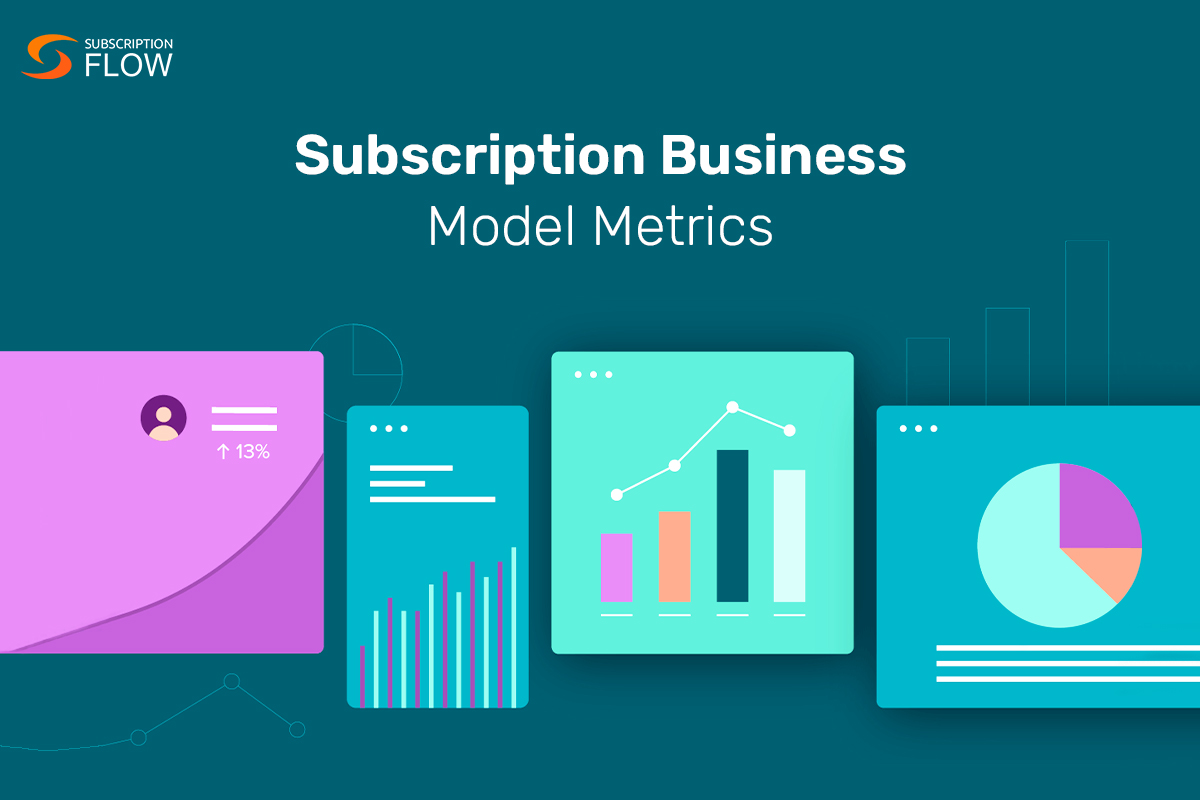
Metrics that Matter: A Deep Dive into MRR, ARR, Churn, and ARPU for Subscription Business Models
In today’s subscription-driven world, every other person is either paying for some sort of a subscription or is charging others subscription fees for a service/product that they are offering. Such is the level of frenzy around subscription-led businesses that in 2022 more than 53% of software revenue was generated through subscriptions alone.
Now, say you are a data analyst who is tasked with assessing the performance of subscription-based businesses. How will you go about doing that? Will you have a rubric in mind? Will there be specific, standardized metrics against which you will judge the businesses? In a world teeming with subscription-driven businesses, how does one go about judging the performance of one business from another besides just calculating an individual business’s revenue and profit?
In this blog, owing to the burgeoning need for subscription-led businesses to be properly evaluated against a standardized yardstick, we will discuss the key subscription business model metrics to help you determine the success of your business. In doing so, we will also be guiding you through how robust subscription management platforms like SubscriptionFlow can help you evaluate and improve your business’s performance in all these key metrics.
Read more: Key Subscription Metrics To Monitor And Analyze In 2023-24
1. MRR
Monthly Recurring Revenue (MRR) is an important metric in subscription-based business models, particularly in SaaS and other subscription services. MRR assesses the predictable, recurring income a company may expect from its subscription clients on a monthly basis. It is an important measure of a company’s financial health, growth, and long-term viability.
MRR includes all subscription-related revenue, such as new sign-ups, upgrades, downgrades, and churn (lost customers—more on that later in the blog). MRR, which is calculated by adding the revenue earned by all active subscribers during a given month, offers a comprehensive picture of a company’s recurring income, allowing it to follow growth patterns and evaluate the efficiency of pricing strategies, marketing initiatives, and customer retention efforts. Monitoring MRR helps businesses make educated decisions, anticipate future revenue, and maintain financial stability.
An easy way to calculate MRR is by multiplying the total number of paying customers by the monthly average revenue per user (ARPU). If your business has 10 clients who pay $500 per month, the MRR of your business will then be $5,000.
Subscription management software like SubscriptionFlow streamlines the process of calculating MRR for businesses by automatically aggregating and organizing subscription-related data. The software captures new subscriptions, upgrades, downgrades, and cancellations, and then compiles these figures into an accurate MRR calculation. Likewise – and to preempt and smooth out later complications – it also eliminates the need for manual calculations and minimizes the chances of errors, providing businesses with a real-time and accurate snapshot of their recurring revenue. Doing this not only saves time but also offers insights into customer trends, enabling businesses to make data-driven decisions for optimizing growth and subscription strategies.
2. ARR
ARR is just the annual equivalent of MRR—just how would calculate your business’s monthly recurring revenue, you would use the same techniques to calculate its accumulated monthly revenue over a period of 12 months. Doing that would help you calculate the ARR.
The one big difference between calculating ARR and MRR is that the former is reserved for long-term projections and calculations of a business’s performance whereas the latter is used more for calculating short-term projections and revenue.
3. Churn rate
Churn rate may be the most essential part of your subscription business. It has the capacity to sink your business if not managed well. It’s an important indicator that reflects client attrition and has a direct influence on revenue. A high percentage of turnover might indicate problems with product satisfaction, customer service, or overall value. The churn rate, calculated by dividing the number of lost customers by the total number of customers at the start of the period, gives insight into customer retention efficacy. This statistic is used by SaaS companies to fine-tune their offers, increase customer support, and execute churn reduction initiatives, assuring long-term growth and profitability.
By offering a comprehensive picture of client data, SubscriptionFlow can assist its clients in calculating and lowering their churn rate. This will let them detect trends and patterns that lead to customer attrition. Using its reporting and data analytics features, SubscriptionFlow will identify opportunities for improvement by measuring usage, engagement, and feedback. It will also assist in consumer segmentation based on behavior and preferences, allowing for focused interventions to improve the customer experience.
Likewise, SubscriptionFlow also understands that sometimes a company also needs to target specific customers to improve its clients’ churn, which it does through communication automation, individualized offers, automatic renewal reminders, and by promoting client loyalty. And, as ever, simplified invoicing processes and simple subscription changes eliminate friction, thereby increasing overall satisfaction.
4. ARPU
Technically, ARPU (average revenue per user) is a vanity metric in that it cannot exactly tell you how much income each user generates for you. However, it is still useful to calculate ARPU because when computed and broken down appropriately, it aids in identifying patterns in a set of clients booked during the month versus various cohorts and categories.
ARPU is calculated by dividing the total revenue you have by your total number of customers. Calculating ARPU reveals information about a company’s pricing strategy, client segmentation, and overall revenue health. Monitoring ARPU assists SaaS businesses in determining the efficacy of upselling, cross-selling, and price modifications. A rising ARPU suggests effective acceptance of higher-tier plans or more services, whereas a falling ARPU indicates rising customer churn or pricing misalignment.
Businesses can benefit greatly from a robust subscription management platform (like SubscriptionFlow) by having it calculate and control their ARPU by having the software give real-time ARPU insights by automatically combining revenue data and client counts across multiple subscription levels or plans. This enables businesses to assess the potency of pricing strategies, find revenue growth prospects, and improve consumer segmentation. Furthermore, subscription management tools also enable simple changes to subscription plans and pricing, allowing organizations to test alternative tactics and evaluate their impact on ARPU.
Read more: Money Metrics – Using Revenue Dashboards the Right Way
The bottom line
One thing has become clear: the subscription-based business model is here to stay and the best way to calculate and manage subscription business model metrics is by way of a robust subscription management platform like SubscriptionFlow. Monthly Recurring Revenue (MRR), Annual Recurring Revenue (ARR), churn rate, and Average Revenue Per User (ARPU) are all important metrics for evaluating business success through software like SubscriptionFlow. Such software enables businesses to not only correctly monitor their financial situation, but also refine strategy, maximize client experiences, and ultimately prosper in the volatile world of subscription commerce.
Book a demo with SubscriptionFlow and devise the best strategy to manage your subscription business model metrics!










